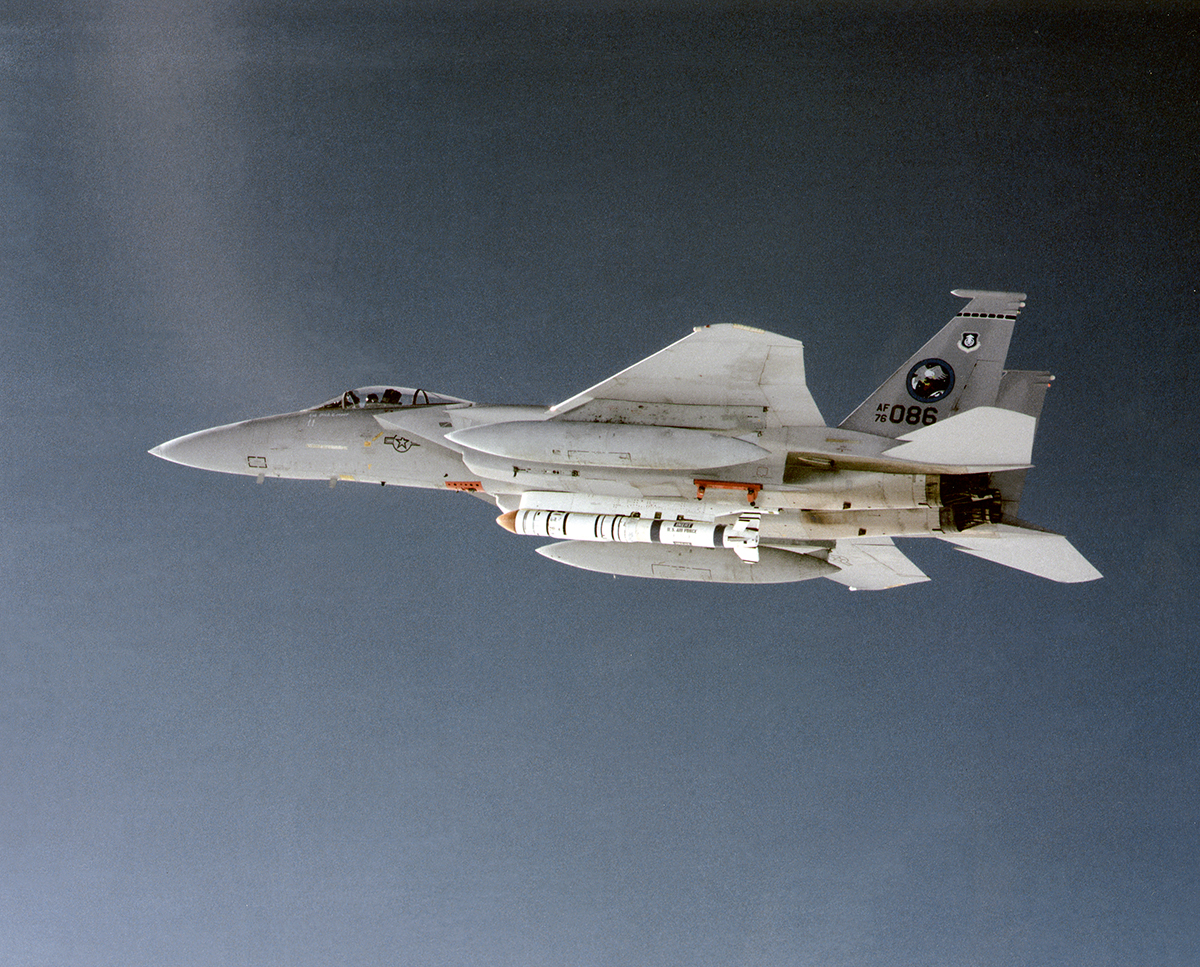The Mitchell Institute invites you to watch our rollout for our newest policy paper: Beyond Pixie Dust: A Framework for Understanding and Developing Autonomy in Unmanned Aircraft by Heather Penney, Senior Resident Fellow, The Mitchell Institute for Aerospace Studies, and Maj Christopher Olsen, USAF, with Foreword by Lt Gen David Deptula, USAF (Ret.) They are joined by Jean-Charles Ledé, Commander’s Autonomy Technical Advisor at Air Force Research Laboratory (AFRL).
Nearly every vision, strategy, and flight plan the U.S. Air Force has released over the past decade identified next-generation unmanned aircraft, autonomy, and artificial intelligence as technologies that are critical to securing a decisive combat advantage in future battlespaces. The Air Force is now developing new operational concepts for teaming manned fighters and bombers with autonomous UAVs—called manned-unmanned teaming (MUM-T)—to perform strikes, counterair, electronic warfare, and other missions.
Developing this capability is challenging given the disconnect that often exists between warfighters and engineers. Warfighters have a deep understanding of all tasks in the battlespace that could apply different levels of autonomy in theory. Engineers conversely understand better how to develop the specific algorithms and technologies to enable autonomy, but not how they apply in real-world battlespace applications.
A framework that represents both the warfighter and the engineer perspectives would provide a structure and common understanding for these two communities in creating autonomous systems that deliver needed capabilities. The Air Force needs this framework to better understand autonomous technologies and help guide the enterprise toward future AI-empowered U.S. operations.
